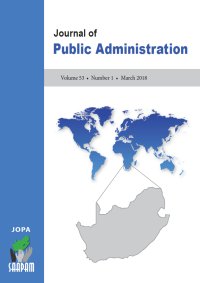
Evaluation is a modern term for a practice that dates back to antiquity. It has an international, transnational and global dimension. The elasticity of evaluation implies that evaluation is carried out by governments in different countries covering a wide range of activities. The diversity of evaluands, approaches, influences and practices hold important lessons for countries contemplating to adopt the evaluation technique. This article sketches the state of evaluation in 21 countries across four continents, tabulating various characteristics for comparison purposes. It locates each within a decade called first-, second- and third-wave, referring to when evaluation was first adopted in that country. Some key features are discussed, including globalisation of evaluation; factors that influenced its adoption; location of evaluation jurisdiction - push-pull mechanisms; education, training, professionalisation and supply of expertise; ap